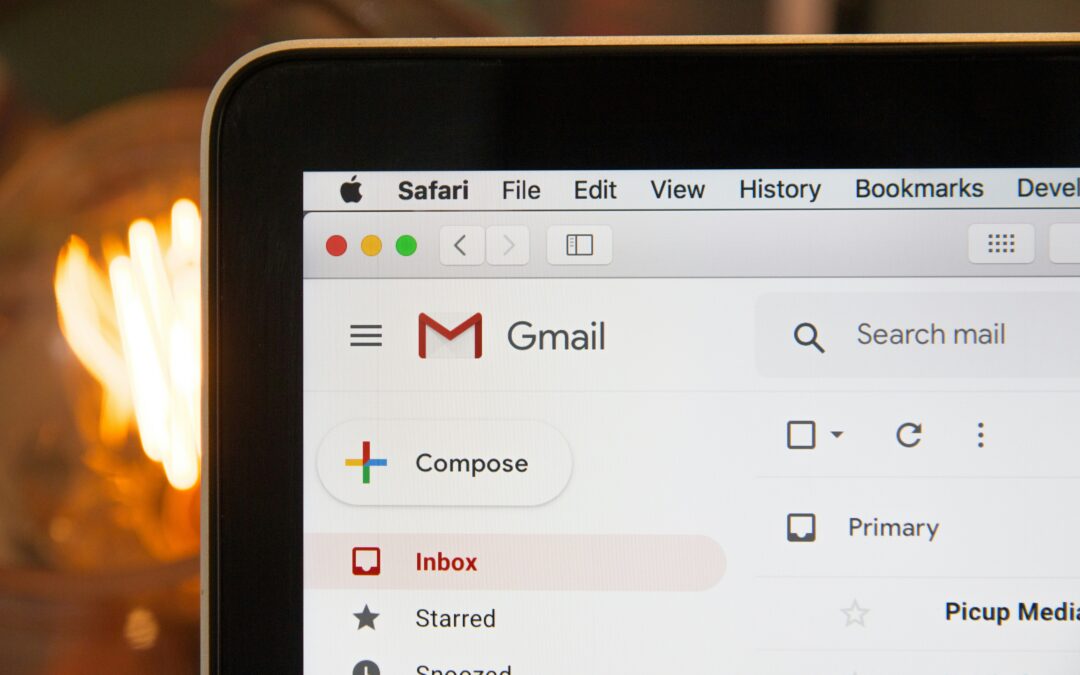Has the topic of email authentication recently come up more? Phishing’s widespread use poses a serious risk to security. Phishing remains the primary source of security incidents and data breaches. For a long time, this has been the situation.
There has been a significant change in the email landscape. Email service providers are starting to demand email authentication. It’s critical that you take note of this change for your communication and online presence.
Among the biggest email providers in the world are Google and Yahoo. A new DMARC policy was put into place and went into effect in February 2024. In essence, this policy mandates the need for email authentication. It is intended for companies using Yahoo Mail and Gmail to send emails.
What is DMARC, though, and why is it becoming so crucial now? We’ve got you covered, so don’t worry. Now let’s explore the field of email verification. We’ll assist you in understanding why it’s more important than ever for your company.
The Email Spoofing Problem
Think about receiving an email that looks to be from your bank. It calls for quick action. Your information is compromised the moment you click a link, enter your information, and voilà.
This is known as email spoofing in common jargon. It is where email addresses used by scammers are hidden. They make an effort to look like respectable people or businesses. Fraudsters impersonate email addresses of companies. Subsequently, they pose as that business and send emails to vendors and customers.
These false pretences may have disastrous effects on businesses. Among them are:
- Financial losses
- Reputational damage
- Data breaches
- Loss of future business
Unfortunately, email spoofing is becoming more and more of an issue. Email authentication becomes a vital preventative measure as a result.
What is Email Authentication?
You can confirm the legitimacy of your email by using email authentication. Verifying the server that is sending the email is part of this. Reporting back illegal uses of a company domain is another aspect of it.
Three key protocols are used for email authentication, and each one has a distinct purpose:
- SPF (Sender Policy Framework): Records the IP addresses authorized to send email for a domain.
- DKIM (DomainKeys Identified Mail): Allows domain owners to digitally “sign” emails, verifying legitimacy.
- DMARC (Domain-based Message Authentication, Reporting, and Conformance): Gives instructions to a receiving email server. Including, what to do with the results of an SPF and DKIM check. It also alerts domain owners that their domain is being spoofed.
DKIM and SPF are preventative measures. Information essential to security enforcement is provided by DMARC. It assists in preventing scammers from spoofing attempts using your domain name.
Here’s how it works:
- In your domain server settings, you create a DMARC record. Email recipients are informed by this record (like Google and Yahoo). The IP addresses permitted to send emails on your behalf are disclosed to them.
- What takes place next? The recipient’s mail server receives the email you sent. It checks to see if the sender of the email is authorised.
- In accordance with your DMARC policy, the recipient may act. This covers quarantine, rejection, and delivery.
- You receive reporting from the authentication process for DMARC. You can check the reports to see if your business email is getting through. It also lets you know if scammers are impersonating your website.
Why Google & Yahoo’s New DMARC Policy Matters
Yahoo and Google have both provided some degree of spam filtering. However, did not strictly implement DMARC guidelines. The standard for email security is raised by the new DMARC policy.
- The new rule went into effect in February 2024. DMARC must be used by companies that send more than 5,000 emails per day.
- Policies are in place at both companies for individuals who send fewer emails. These are connected to DKIM and SPF authentication.
To proceed, check for email authentication requirements. To guarantee that your business email is delivered without hiccups, you must pay attention.
The Benefits of Implementing DMARC:
Adhering to new policies isn’t the only aspect of DMARC implementation. It provides several advantages for your company, including:
- Preserves the reputation of your company: DMARC works to stop email spoofing scams. These frauds have the potential to undermine consumer confidence in your brand.
- Boosts email deliverability: Delivery is guaranteed by appropriate authentication. Your authentic emails end up in the inboxes of your recipients rather than their spam bins.
- Offers insightful information: DMARC reports contain comprehensive data. They let you see how various recipients are responding to your emails and can also point out possible problems. They also strengthen the security posture of your emails.
Taking Action: How to Put DMARC in Place
Adopting DMARC is imperative at this time. This is especially true in light of the growing concerns about email spoofing and email security. This is how to begin:
- Understand your DMARC options
- Consult your IT team or IT security provider
- Track and adjust regularly
Need Help with Email Authentication & DMARC Monitoring?
One component of the email security puzzle is DMARC. Setting up email authentication is crucial. This is just one of many security precautions needed in the contemporary digital world. Do you need assistance setting up these protocols? Just tell us.




